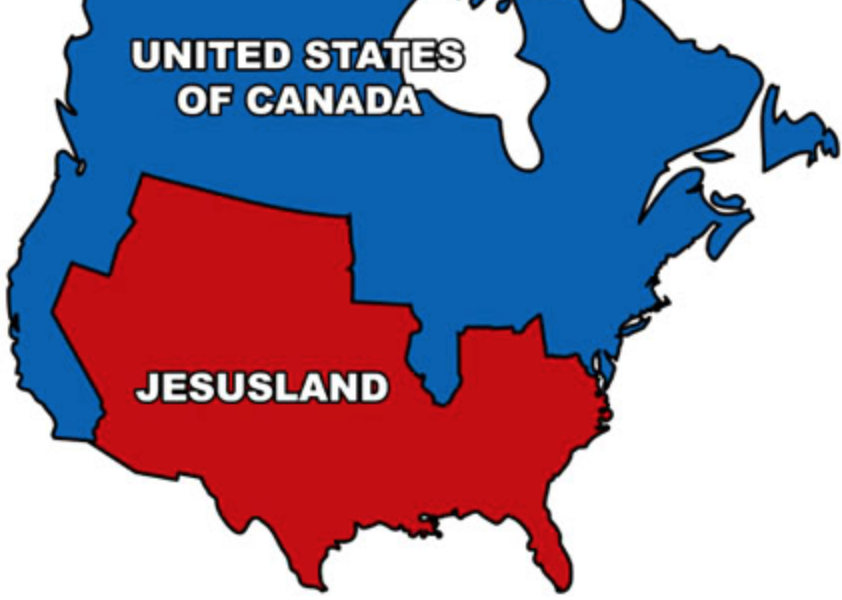Starting with a band of Anglicans landing at Jamestown in 1607 and then Pilgrim dissenters at Plymouth in 1620, various forms of Protestantism collectively dominated what became the United States. That broad cultural hegemony persisted through Revolution, Civil War, Catholic immigration, industrialization, globalization, and Protestants’ countless internal squabbles, splits and reunions.
But the Religious Landscape Study from the Pew Research Center tells us the U.S. population is now only 46.6% Protestant. Add to that these newsworthy numbers on Protestantism’s Big Three and we find a scrambled scenario of historic proportions that invites thorough journalistic analysis.
* Last week the Southern Baptist Convention reported its worst-ever decline of 457,371 members from 2021 to 2022 – and of 1.5 million just since 2018 – to the current 13.2 million. The denomination had posted steady gains over a century until recent years.
Oh, here’s a newsroom calendar alert: That slide should roil the Baptists’ important June 13-14 annual meeting in New Orleans, alongside disputes over female pastors and sexual abuse response, and a competitive presidential election.
* The news service of the United Methodist Church, #3 in size among U.S. Protestant groups, last week posted tabulation of departures since 2019 of 2,996 conservative congregations, roughly one-tenth of the denomination, with more in process. Most are joining the newborn Global Methodist Church. (Update: This week, Methodist conservatives put dropouts at 3,356 congregations, with another 1,000 or more likely.)
* Meanwhile, other Protestants are gaining. In particular, The Religion Guy has proclaimed the following as 2022’s “Story of the Year.” In November, the latest U.S. Religion Census revealed that independent, non-denominational congregations are now decisively the nation’s largest grouping of Protestants, with 21 million adherents in 44,319 congregations. Most are Evangelicals. This relegates the Southern Baptists down to #2 in size.
Pew Research defined three categories, “Evangelical Protestants” at 25.4% of Americans, “Mainline Protestants” at 14.7%, and members of “Historically Black” church groups at 6.5%.




